A Comprehensive Guide to Astronomical Filters for Astrophotography
For astronomy enthusiasts, capturing and documenting celestial objects with cameras and telescopes is both a joy and a fulfilling experience. However, Earth’s atmosphere and light pollution often hinder the clarity and detail of the images we capture. This is whereastronomical filters come in as essential tools to improve observation and photography quality.
The Role and Types of Astronomical Filters
Astronomical filters work by allowing specific wavelengths of light to pass through while blocking others, thereby enhancing image contrast, detail, and color. The main types of filters include LRGBBroadband and SHO Narrowband filters.
LRGB Broadband Filters
- Purpose: Enhance contrast for wide-field astrophotography by blocking unwanted light pollution while allowing a broad spectrum of wavelengths to pass through.
- Usage: These filters are ideal for imaging galaxies, star clusters, and reflection nebulae, especially in moderately light-polluted environments. They are compatible with both one-shot color cameras and monochrome setups.
- How They Work: Broadband filters selectively reduce the impact of artificial light sources, such as sodium and mercury vapor streetlights, while preserving the natural light emitted by celestial objects. This makes them a popular choice for general-purpose astrophotography.
SHO Narrowband Filters
- Purpose: Isolate specific emission lines to enhance details and contrast in emission nebulae.
- Usage: Narrowband filters are most effective under dark skies or with monochrome cameras, as they allow only narrow ranges of wavelengths to pass through. They excel at capturing faint structures in nebulae, even in light-polluted areas.
- How They Work: These filters focus on specific wavelengths associated
with ionized gases in nebulae. The most common bands are:
- Hydrogen-alpha (Hα): Captures light at 656.3 nm, highlighting red hues in emission nebulae.
- Oxygen-III (OIII): Focuses on the 500.7 nm line, emphasizing greenish-blue tones in planetary nebulae and supernova remnants.
- Sulfur-II (SII): Targets the 672.4 nm line, adding depth and complexity to tri-color images.
Key Features of ToupTek Astro Filters
ToupTek Astro filters utilize advanced IAD (Ion-Assisted Deposition) coating technology, ensuring stability, high durability, and minimal temperature drift, significantly extending the filter's lifespan. The filters feature anti-reflective coatings and high-transparency thin-film design, achieving over 90% transmittance while minimizing reflections and halo effects.
Two Main Product Lines:
ToupTek Astro LRGB Broadband Filters
Specification: 36mm filters, 2” filters
- Luminance (L) Filter: Passes visible light between 420-685nm with 98% transmittance, enhancing contrast.
- Red (R) Filter: Allows 590-700nm red light, emphasizing Hα and [SII] emission lines.
- Green (G) Filter: Transmits 490-580nm green light while blocking mercury and sodium interference lines.
- Blue (B) Filter: Covers 400-510nm blue light, ideal for capturing targets with H-Beta emission lines, such as the Horsehead Nebula.
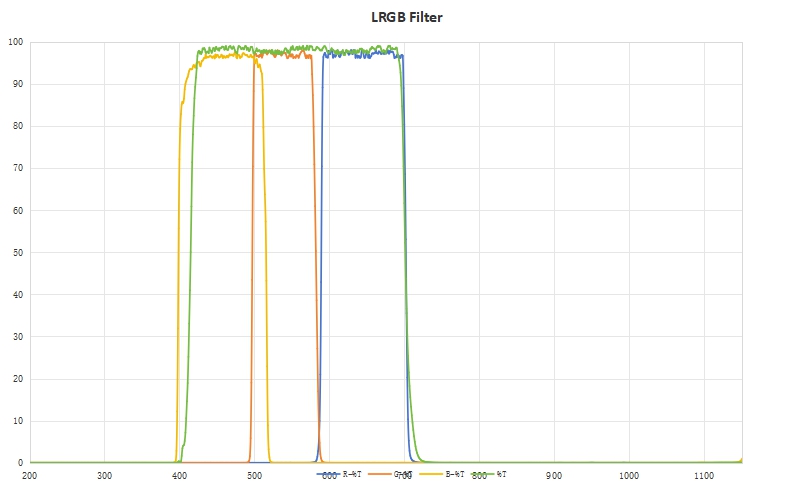
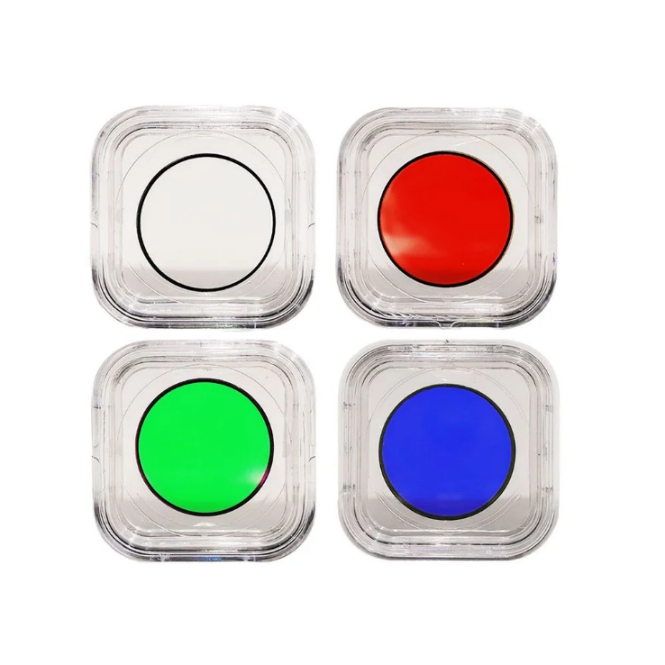
36mm LRGB Filters
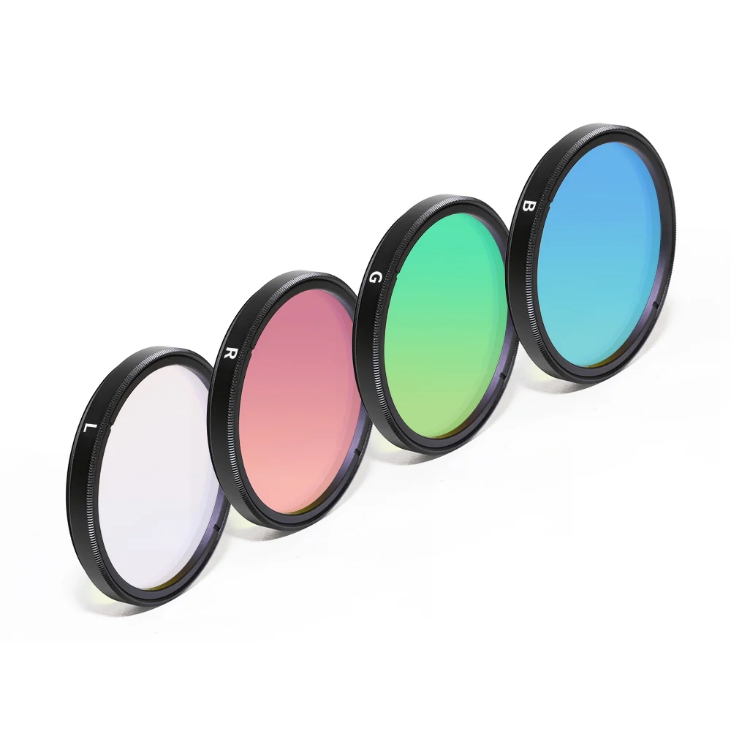
2” LRGB Filters
ToupTek Astro SHO Narrowband Filter
Specification: 36mm filters, 2” filters
- [Hα] Filter: 656.3nm central wavelength, 3.5/6nm bandwidth.
- [SII] Filter: 671.6nm central wavelength, 4/6nm bandwidth.
- [OIII] Filter: 500.7nm central wavelength, 4/6nm bandwidth
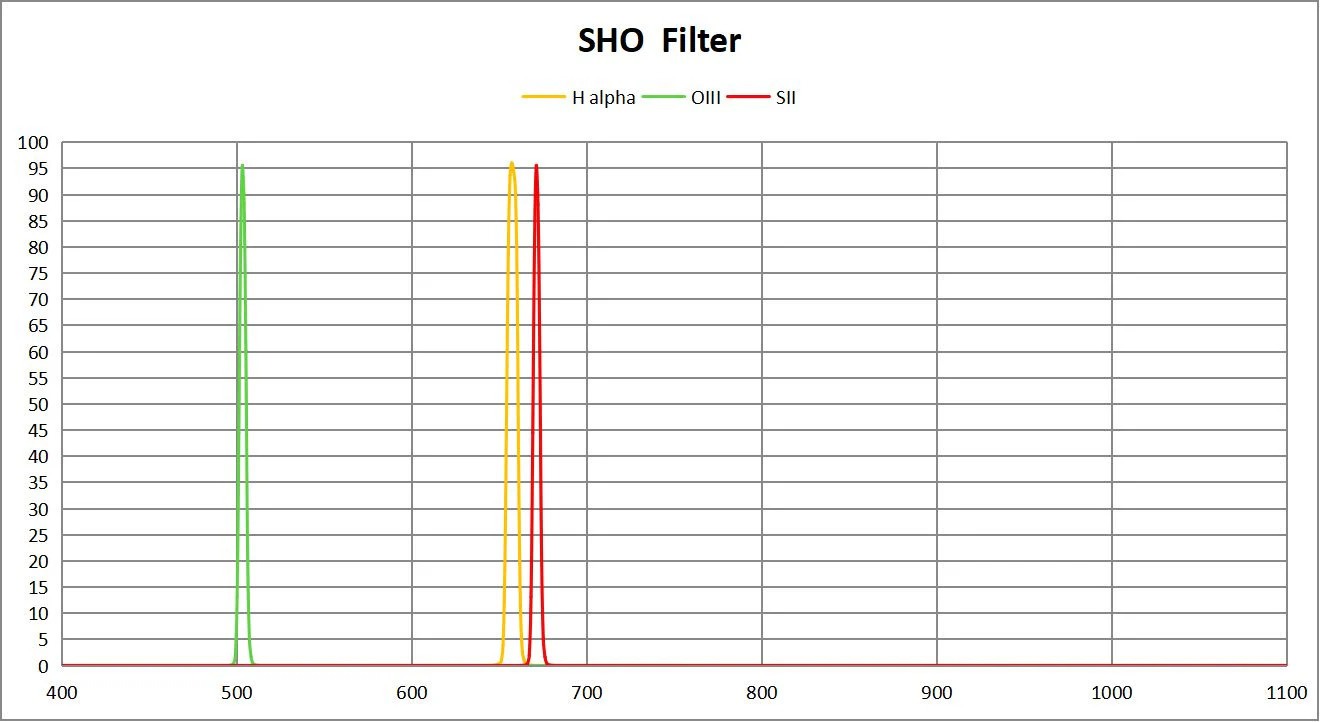
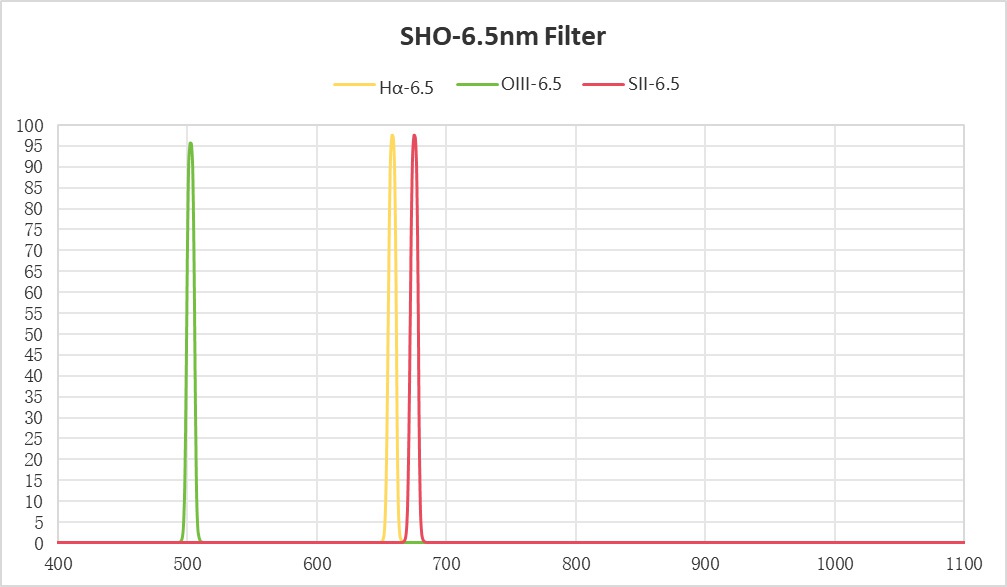
36mm SHO Filters
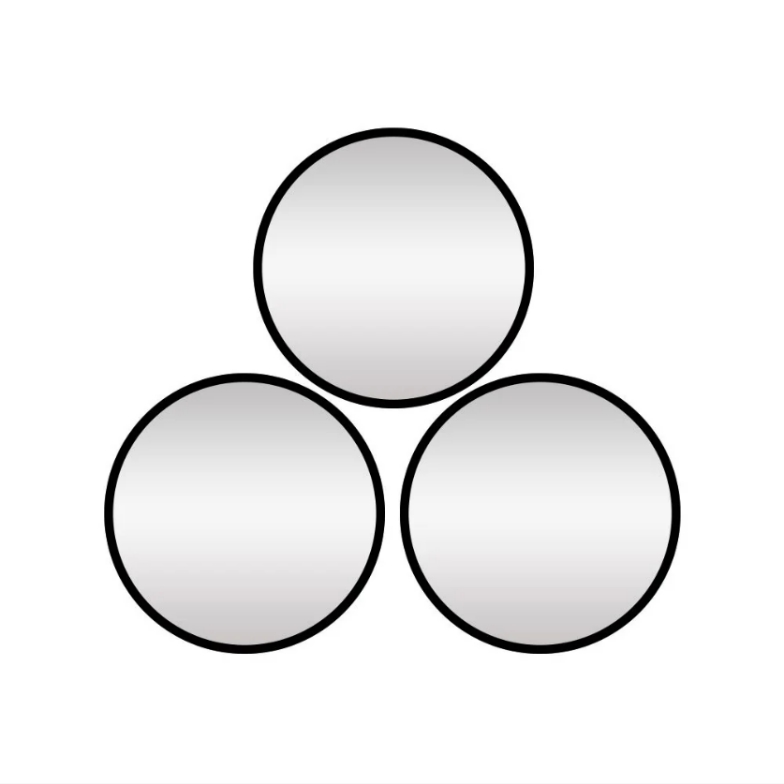
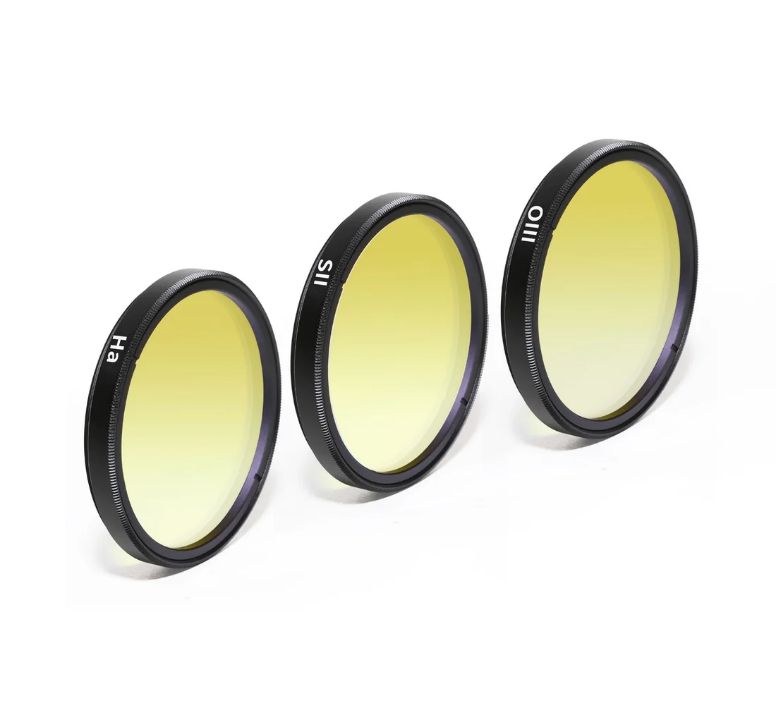
2” SHO Filters
Tips for Using Filters
Here’s an easy way to distinguish the sides of a filter: Hold a screwdriver or another object close to each side of the filter. The side with a double reflection connects to the camera, while the side without a double reflection connects to the telescope.
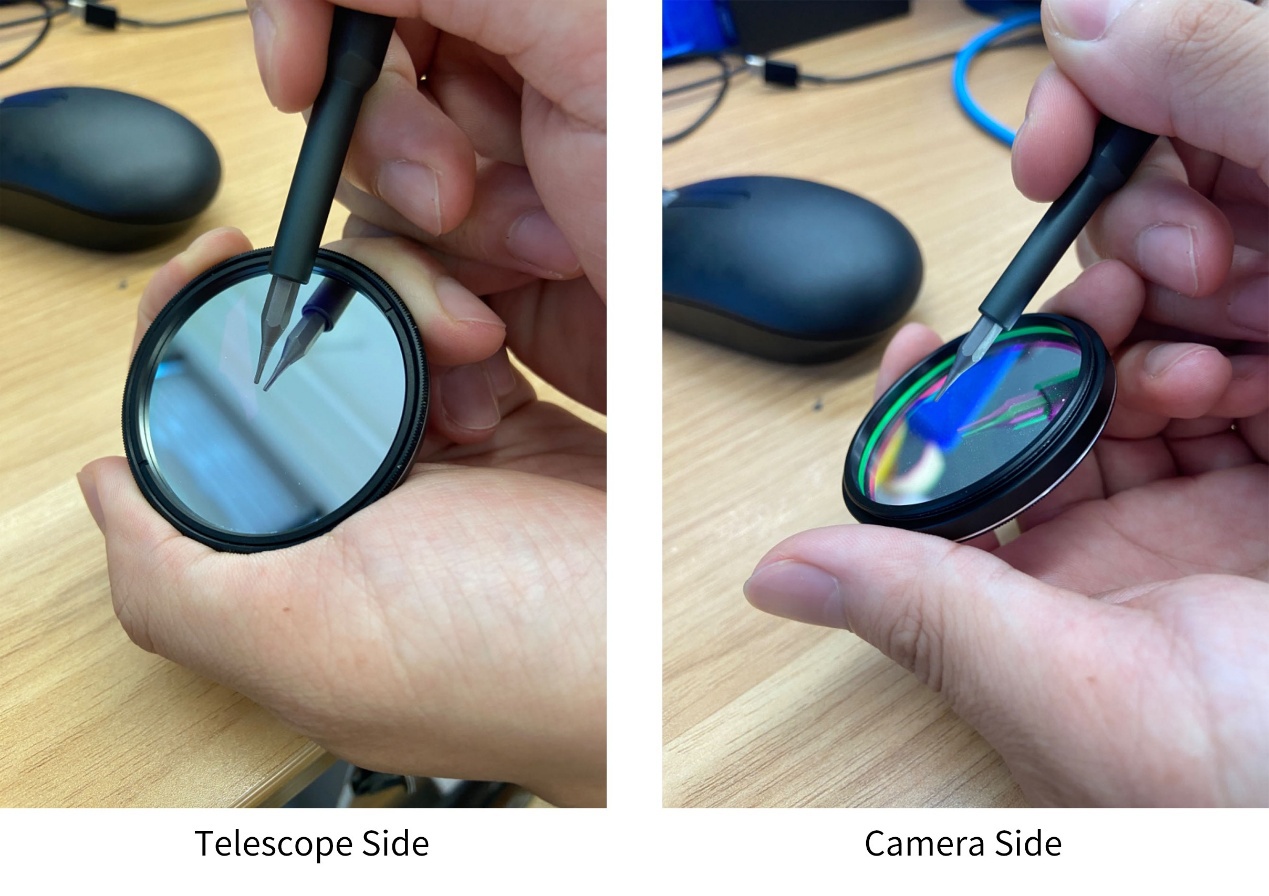
Whether you're a beginner or a seasoned astrophotographer, investing in high-quality astronomical filters can help you capture breathtaking celestial images. Explore ToupTek Astro's filter series and embark on your deep-sky imaging adventure!
Shop at: https://www.touptekastro.com/collections/filters-filter-wheels